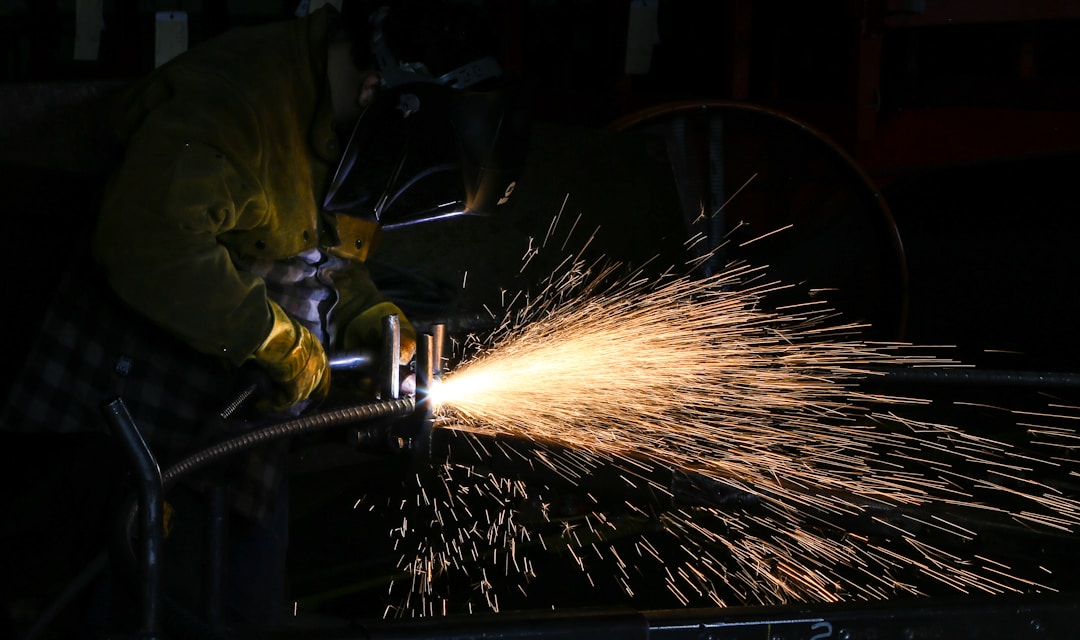The EU officially hits back at the US steel and aluminum tariff policy and implements countermeasures
2025-04-14
On April 9, 2025, local time, the 27 EU member states voted overwhelmingly to pass a key resolution to formally impose a 25% retaliatory tariff on imported products originating from the United States in response to the 25% tariff measures imposed by the Trump administration on EU steel and aluminum products on March 12. The details are as follows:
Countermeasures
Commodity selection: The first batch of 21 billion euros of US goods were included in the tariff list, covering soybeans, tobacco, diamonds, poultry, motorcycles, etc. The selection of these commodities is highly politically targeted. For example, 82.5% of the soybeans exported by the United States to the European Union come from Louisiana, which directly hits Trump's core vote base; Kentucky's tobacco and Arkansas' diamond industries will lose about $1.5 billion in exports due to tariffs; Harley-Davidson and other companies may be forced to relocate their production lines in Wisconsin, threatening 23,000 local jobs.
Implementation phase: The countermeasures will be implemented in three phases. The first list that came into effect on April 15 focused on agricultural products and daily necessities; it was expanded to steel and auto parts in mid-May; and on December 1, it targeted semiconductor equipment and energy products. This "step-by-step pressure" not only demonstrates the EU's sincerity in negotiations, but also leaves room for subsequent upgrades.
Considerations behind countermeasures
Economic interests are damaged: The US steel and aluminum tariffs have hit the EU's related industries hard. For example, Germany, as the largest economy in Europe, faces an additional 25% cost for its automobile and manufacturing exports to the US. The related industries of other member states such as France have also been affected to varying degrees. Therefore, the EU needs to safeguard its own economic interests through countermeasures.
Political signal transmission: The EU hopes to show the United States through countermeasures that unilateral tariffs are difficult to work, and at the same time show the international community that the EU will not easily succumb to US pressure on trade issues and maintain its position and image in the global trade pattern.
Differences and coordination within the EU
Differences: Within the EU, there are different opinions on the intensity of countermeasures. Some countries, such as the Netherlands, advocated a milder response, believing that the escalation of the trade war should be avoided to cause greater damage to their own economies; while countries such as Germany and France advocated a tough countermeasure. Among them, France supports the EU's "dialogue with strength" from a strategic level. Germany, which is most directly affected by the US steel and aluminum tariffs, also firmly supports tough measures.
Coordination: Under the joint promotion of Germany, France and other countries, the EU finally passed the countermeasure resolution with 26 votes in favor and 1 vote against. Hungary was the only country to vote against it. This shows that the EU has a certain coordination ability at a critical moment and can reach a consensus on important trade policies despite internal differences.
Negotiation signals released
Despite the tough countermeasures, the EU still released a negotiation signal. Before the vote, European Commission President von der Leyen said that the EU had proposed a "zero tariff" plan on April 7, and was willing to exempt industrial tariffs with the United States, but did not receive a positive response from the United States. According to the EU communiqué, if the United States agrees to return to the negotiating table and reach a "fair and balanced" solution, the relevant tariff measures can be suspended at any time. This shows that the EU wants to safeguard its own interests through countermeasures, but does not want to see the trade war get out of control, and still hopes to resolve the trade dispute between the two sides through negotiations.
RELATED BLOG







